Pinnacle solo race of the French
Published on March 7th, 2023
The success of French shorthanded offshore racing is rooted in the La Solitaire du Figaro, a solo multi-stage sailing race created in 1970. Since the early 1990s all boats have been built by Bénéteau, with their first boat called the Figaro Bénéteau One Design.
That 30-footer was used until 2002, replaced by the Figaro Bénéteau 2 (33.3-feet) which was used until 2018, shifting in 2019 to the Figaro Bénéteau 3 (35.7-feet) which was the first production foiling one-design monohull ever created.
The perennial pinnacle solo race of the French, which gets its name from the daily newspaper Le Figaro, returns for the 54th edition with a three stage, 1850 nm course on August 27 to September 13. More than 30 solo skippers are expected to compete on what remains the ultimate annual solo racing multi-stage offshore race.
The course passes through the English Channel, Celtic Sea, the Irish Sea, Iroise Sea and out and back across the Bay of Biscay, with each stage requiring the skippers to spend up to four nights at sea.
“We have kept true to the DNA of the race with varied types of course. After a start in the English Channel from the city of Caen, the stages will combine an almost equal mix of inshore coastal and open, offshore racing,” says Yann Chateau who is the race director of La Solitaire of Figaro.
The race moves to a stopover outside of France for the first time since the global health crisis. Also, the intermediate time bonuses for the podium positions at the sprint markers now get 5 minutes subtracted from their elapsed time for the first to pass the mark, the second gets three minutes and the third one minute.
After leaving the Channel port city of Caen (Calvados), which hosts the start of the race for the third time after 2004 and 2007, there is a very technical opening to a first course mark at the Saint-Marcouf Islands which are left to starboard followed by a passage across the Channel to the Isle of Wight passing the Nab Tower, east of the Isle of Wight and the Needles Fairway, the west of the island, where the first intermediate sprint marker is.
“Bypassing the Isle of Wight, either down the Solent to the north of the island or offshore outside depending on the current and the strategy of each, could well open the game here,” says Yann Chateau.
“The fleet will double back across the Channel a second time towards Bréhat where a new tactical choice needs to be made at Guernsey depending on the current and the weather forecast before making the long tack to get the Fastnet then heading back east along the Irish coast to get to the beautiful haven of Kinsale, a great classic stop which will host La Solitaire du Figaro for the 21st time.”
Concentration and maximum focus will be required until the finish, the topography of the Irish coastline and the different headlands points can create local wind effects and in 2019, last time there, the top three into Kinsale were separated by just 3 minutes and 47 seconds, Yoann Richomme winning the stage by 1 min 13 seconds ahead of a debuting rookie named Tom Laperche.
La Solitaire du Figaro will then head for Brittany, the scenic Bay of Morlaix, which will welcome the Figarists for the 6th time in its history, with one single waypoint at the Isle of Man and an intermediate sprint at Chicken Rock.
“La Solitaire du Figaro has planned to go north to the Isle of Man before but it has never happened yet, usually because of the weather. But our recent experience of the 3rd leg of the 2022 race underlined again that the Figaro BENETEAU 3s are very seaworthy and can withstand strong weather conditions,” says Yann Chateau.
“This course is therefore feasible in September and is a stage that can be considered as coastal knowing that the Irish Sea is not very wide. There are sandbars, lots of fishing boats and points to pass.”
The other difficulty of this stage includes the current at the passages of Land’s End, the south-west tip of England. And of course fatigue really accumulates for the sailors as they arrive back towards the Breton coast on a leg on which there is really no let up and very little time to rest.
The major partner of the event, the Department of Loire-Atlantique sees the finish of La Solitaire du Figaro into a new host city: Piriac-sur-Mer. The finale stage, will once again arrive in the Pays de la Loire region and is a more open, offshore sailing stage.
The first course mark at the Chaussée de Sein will open up the field of play from the start in the Iroise Sea where choices need to be made, among other things, between the Chenal du Four and the Passage de Fromveur, before crossing the Bay of Biscay to a buoy off Gijón, Spain which will also act as a gate for the third intermediate sprint.
“This stage can be quite tricky knowing that at that time, there can be high pressure ridges in the Bay of Biscay with only little mouse holes of wind to use,” says Yann Chateau. “It’s a stage on which the fleet should be more spread out than on the previous one and the potential gaps greater. The finish into Piriac-sur-Mer will offer a technical ‘sting in the tail’ with the Four plateau, the prohibited areas and the potential windshadows and puffs of the islands.”
The course is very much specified to the strengths of the Figaro Beneteau 3 as well as the expectations of sailors and stopover cities. All in all there should be a great, engaging race on the water until the final finish line as well as a very popular celebration on land.
Details: https://www.lasolitaire.com/en/



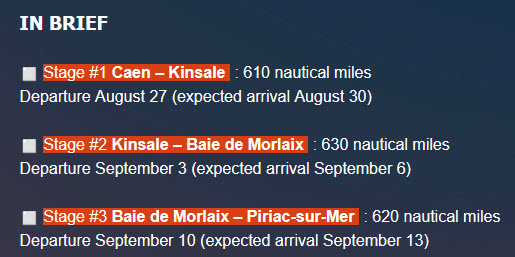


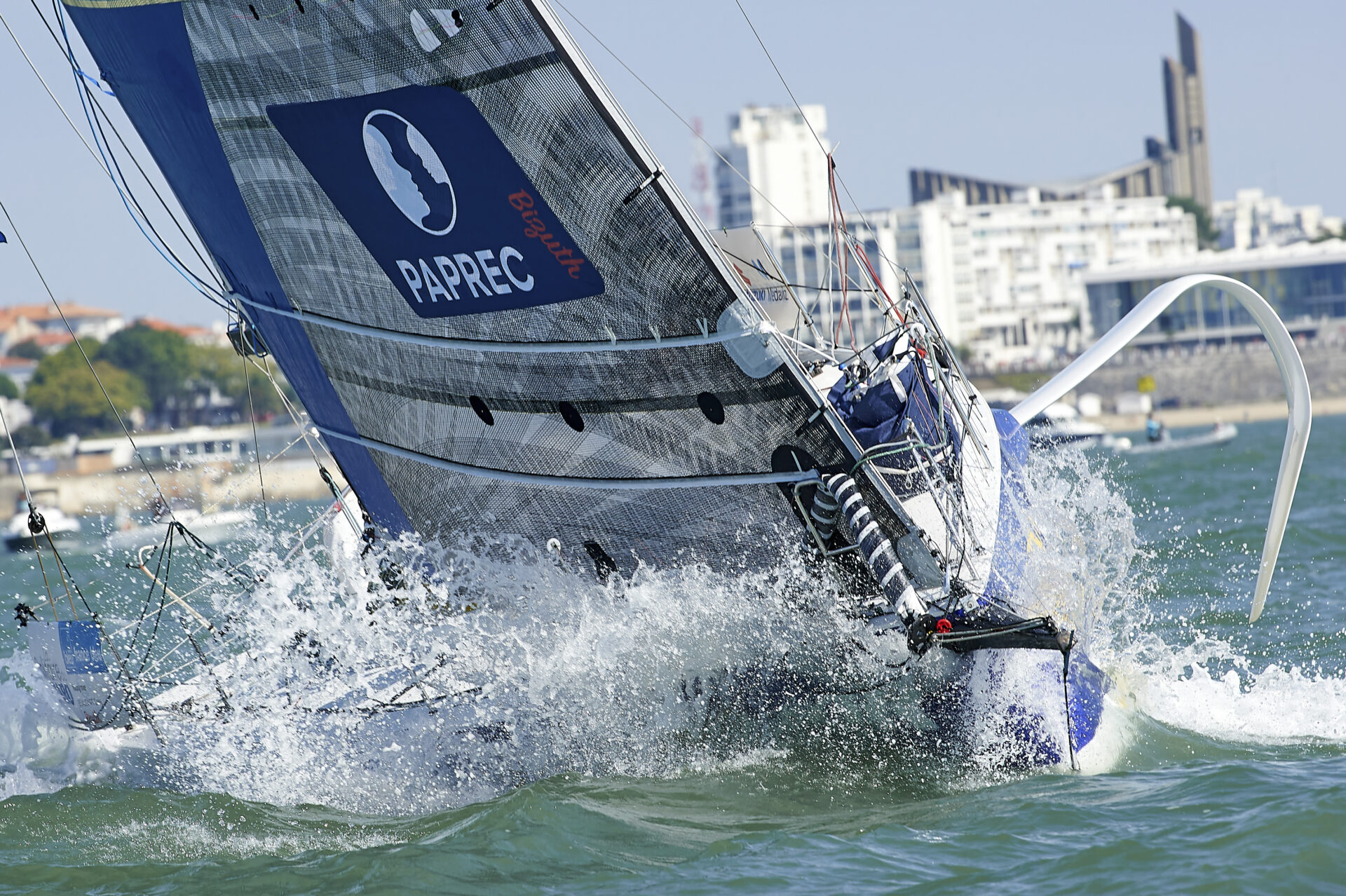
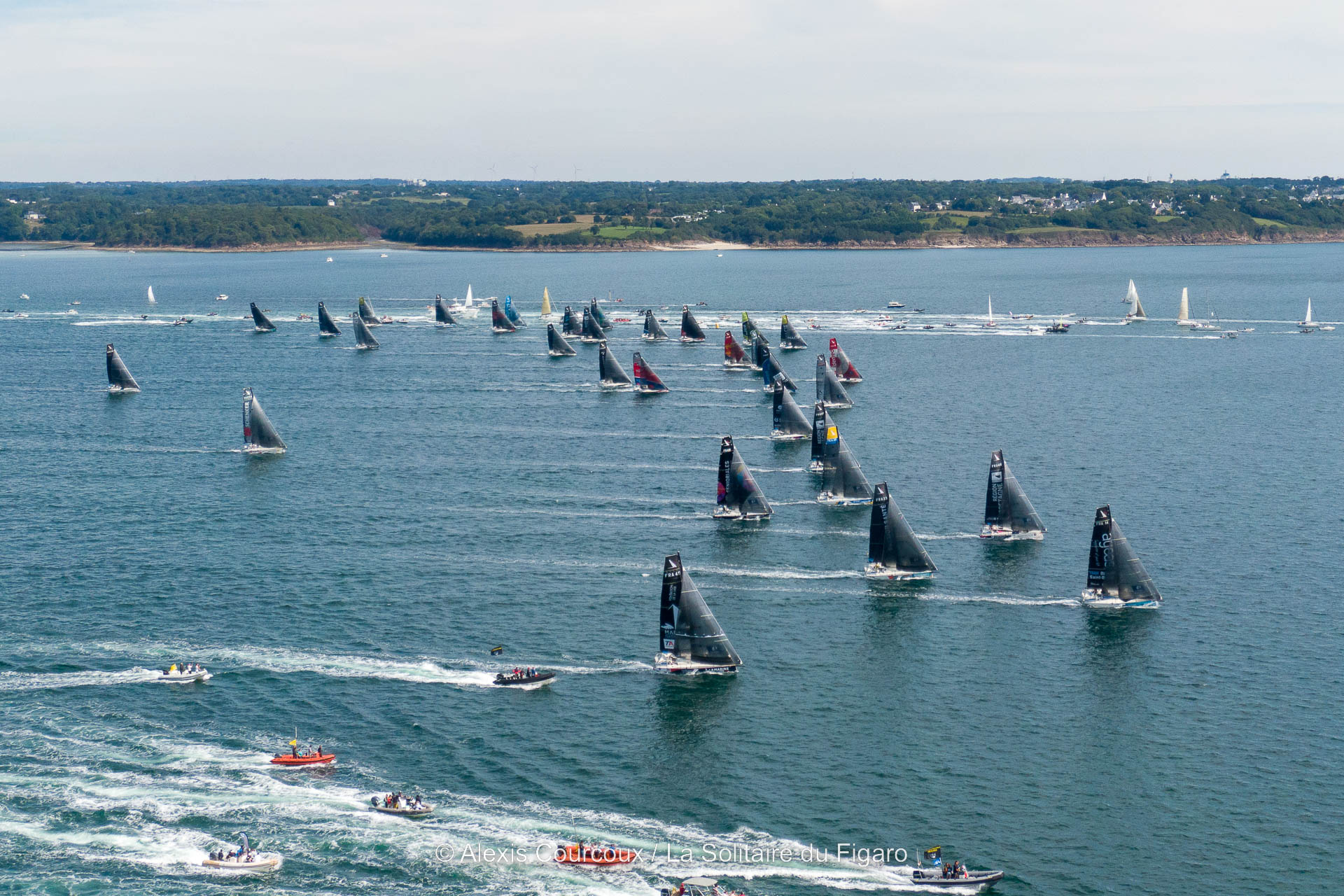

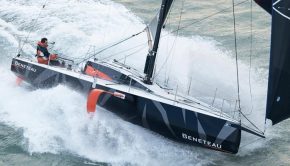
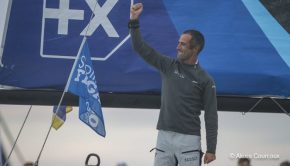
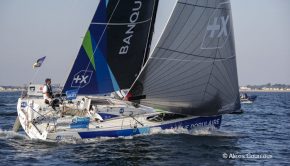
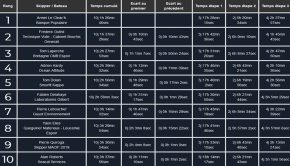
 We’ll keep your information safe.
We’ll keep your information safe.